“There is a Japanese proverb that says: ‘Raise the sail with your stronger hand’. Meaning you must go after the opportunities that arise in life that you are best equipped to do”.
Soichiro Honda (founder of Honda)
Newsflash!
Effectively immediately I have joined a team of four developers, one designer, one trainee and one CEO/Founder in their mission to help small and medium sized e-commerce stores eliminate bad customer service. I have joined SaaS startup ROBIN – the intelligent Customer Service Assistant.
As ROBIN’s ‘Marketing Manager Content Marketing & Online PR’ I will (and I quote from the job description) ‘develop and execute a creative startup marketing strategy, editorial calendar and standards that deliver business results like share-of-voice, ecommerce customer service evangelism, branding & the most important thing: signups within the ecosystems of our partners.’
Why leave Storywise?
Over the past four years I successfully set-up, developed and managed Storywise, my own communication consultancy, together with my co-founder Steve Seager. Throughout this time we helped our clients answer the burning question: ‘What content should I publish to reach my business goals?’. And by content I mean the actual ‘contents’ of their marketing communications – the messaging; the thing you plan to say.
Thanks to Steve’s shit-hot strategic communications process we developed Editorial and Content Marketing strategies for clients in B2B and B2C, across ICT, Professional Services, Culture, Media and Not-for-profit. I’m happy to say Storywise’s client list is still growing.
I feel extremely privileged that I went through this process myself for various clients – and received such great coaching from Steve along the way. I could have never become the content marketer I am today without that experience.
However, even though working for clients can be fun, I most often felt like an outsider offering partial business solutions. I missed the ‘through-the-line’ involvement and relationships that come with working within a dedicated team. I missed having ownership of a single product or brand. I missed doing what I am best equipped to do: being a marketer.
Why join ROBIN?
At ROBIN I’m getting all the marketing opportunities I could wish for. First of all, ROBIN is a great product that solves a real problem for web store owners. ROBIN aggregates all the customer service client conversations – from e.g. email, web form, phone & Twitter – and consolidates these conversations in one smart and easy-to-use interface.
ROBIN also integrates seamlessly with major e-Commerce platforms such as SEOshop, Magento, Shopify, BigCommerce and others. This saves the customer service team loads of time and allows them to help their client better.
And to top things off, ROBIN learns from every question asked and every answer given. So the more you use ROBIN the smarter it gets. Pretty neat and a great USP!
But my main reason for joining ROBIN is my instant click with the people. They have a great team consistently focussed on getting it right. From the start ROBIN developed a clear strategy to match their solution to their target audience needs. This is the best foundation for content marketing I could possibly wish for!
Blogging & more blogging
I will continue blogging here on my personal blog about content marketing strategy, social media marketing and other Marketing 2.0 related topics. As ever: in plain English!
In addition, you will also see blog posts from me on the ROBIN blog which will be more oriented on e-Commerce, Customer Service and other topics that are of value to ROBIN clients, prospects & stakeholders.
Thank you, thank you, thank you
To close this blog post off, I would like to thank our Storywise clients for their trust and appreciation of our work.
Also, a huge thanks to my family for their patience, trust and undying support.
And last but not least, a massive thanks to Steve. It’s been a great ride and my life will never be the same. In a couple of years, I will be able to say that I worked closely with the guy who did to communications what Quentin Tarantino did to film. I am proud to have worked with you and am grateful to be your friend.
PS
That little ‘Contact Us’ button on the right side of this blog? That’s ROBIN! Feel free to drop me a line. I’ll get back to very quickly, definitely within’ 24 hours. Promise!
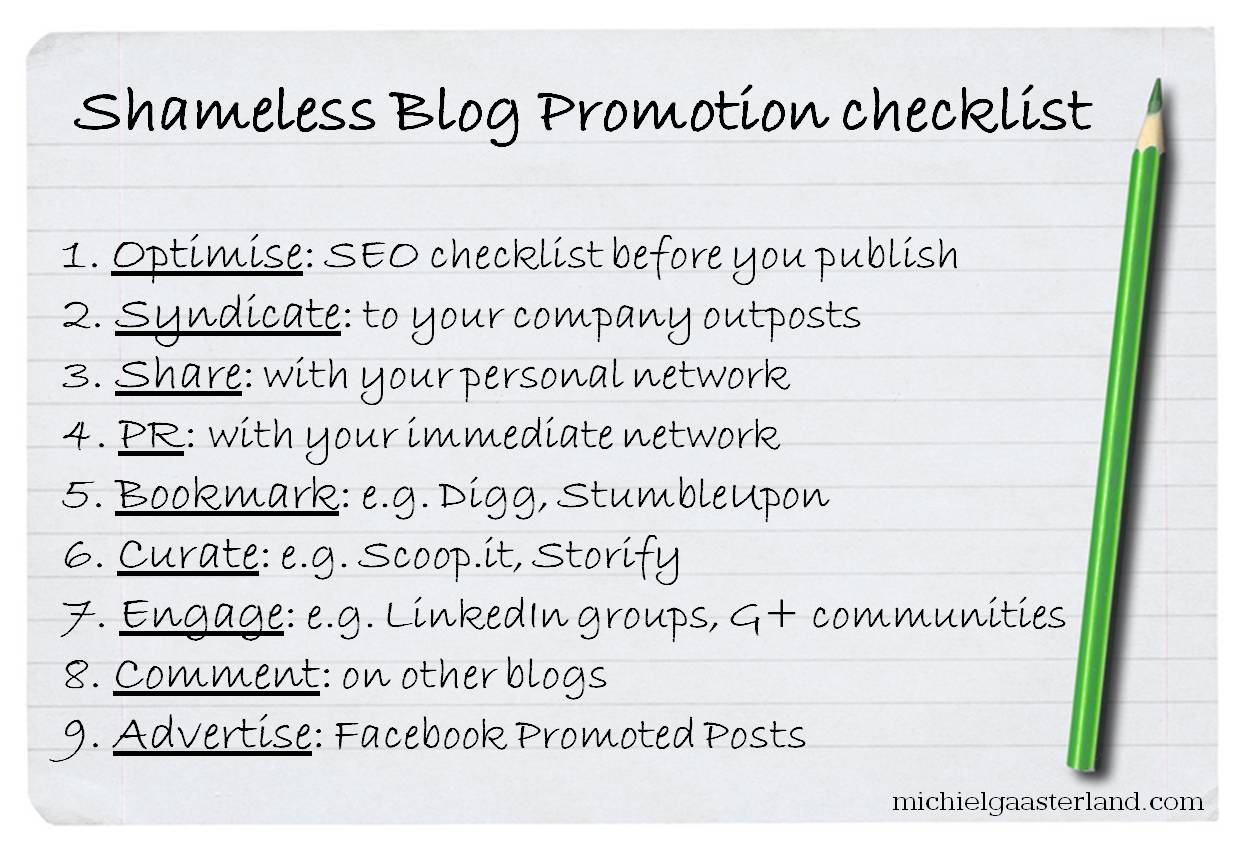
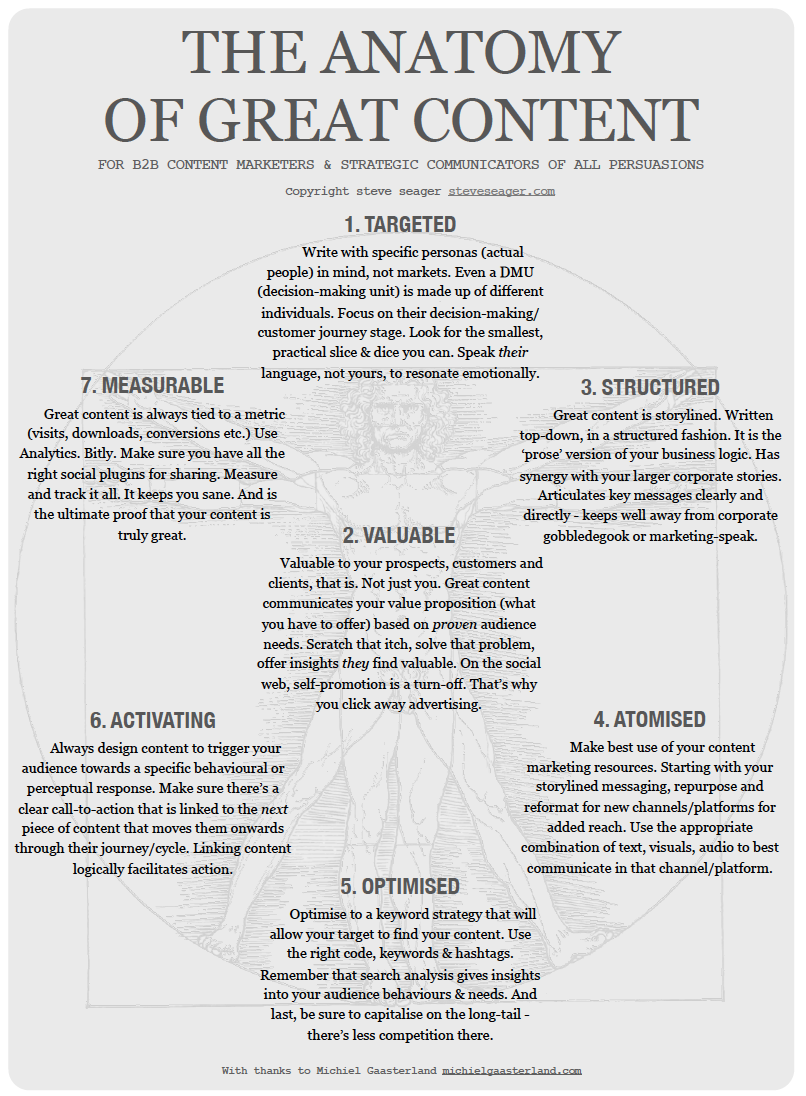




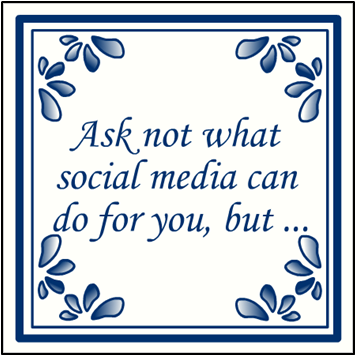
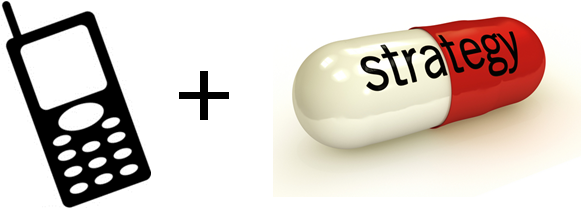
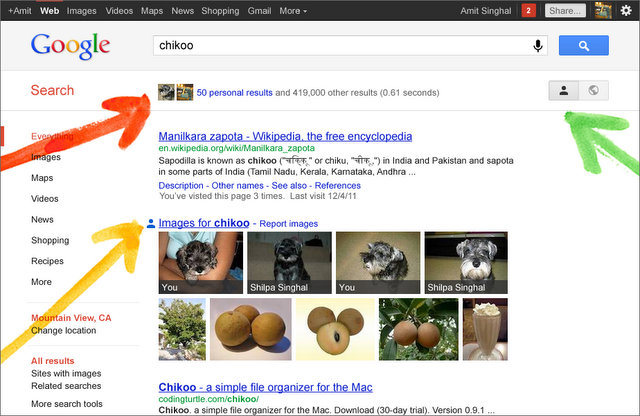
 Hi! I’ve been a B2C/B2B marketer for nearly 20 years: founder & consultant at Storywise, brand director at Commodore, marketing director at MonteVerdi.TV and head of marketing & promotion at EMI Music. Today, I’m a proud husband, father of two & content marketing specialist at
Hi! I’ve been a B2C/B2B marketer for nearly 20 years: founder & consultant at Storywise, brand director at Commodore, marketing director at MonteVerdi.TV and head of marketing & promotion at EMI Music. Today, I’m a proud husband, father of two & content marketing specialist at
Latest comments